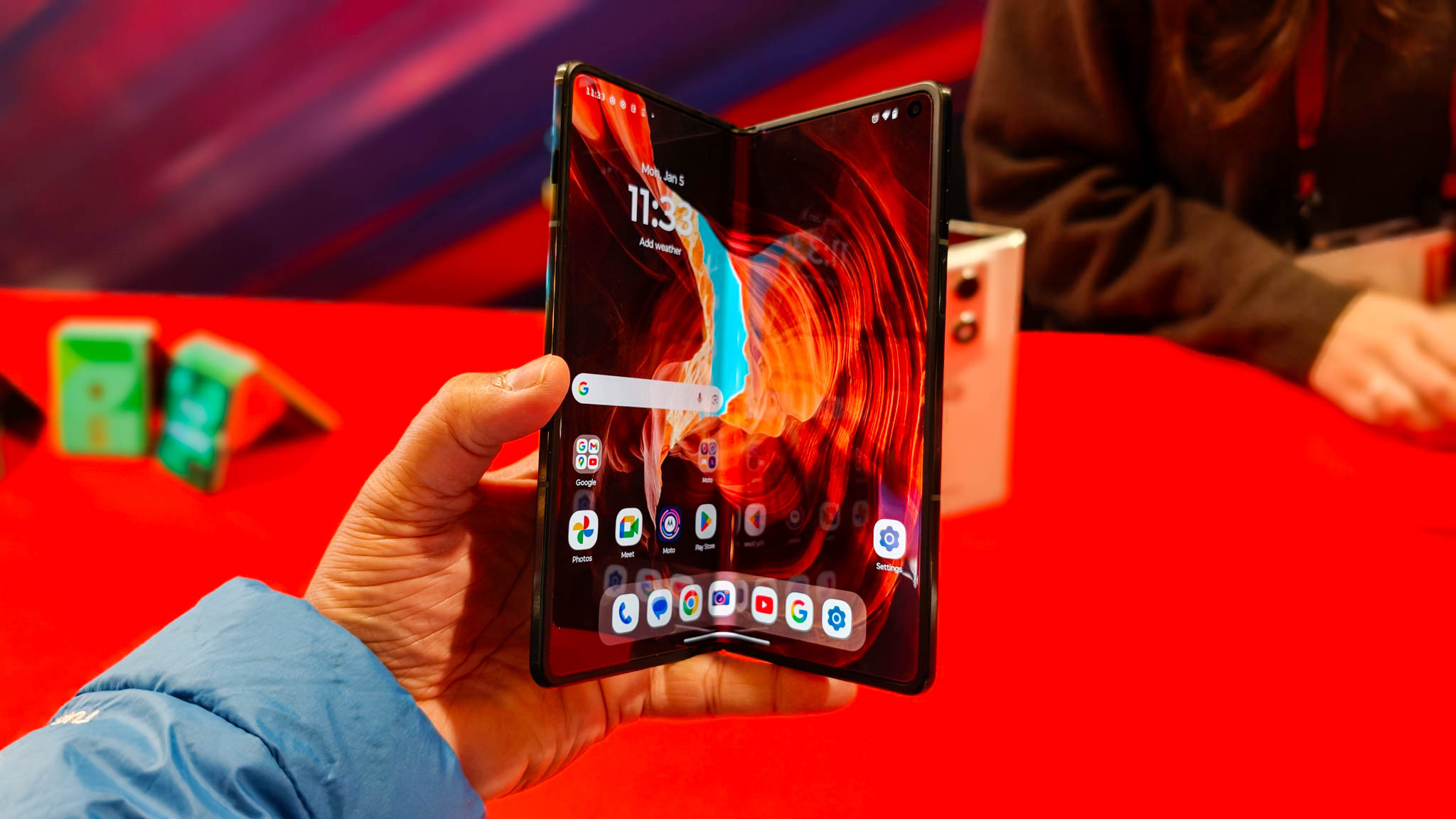Which Google Pixel 10 model should you buy?
There are three main smartphones and one foldable at various sizes and price points to choose from.
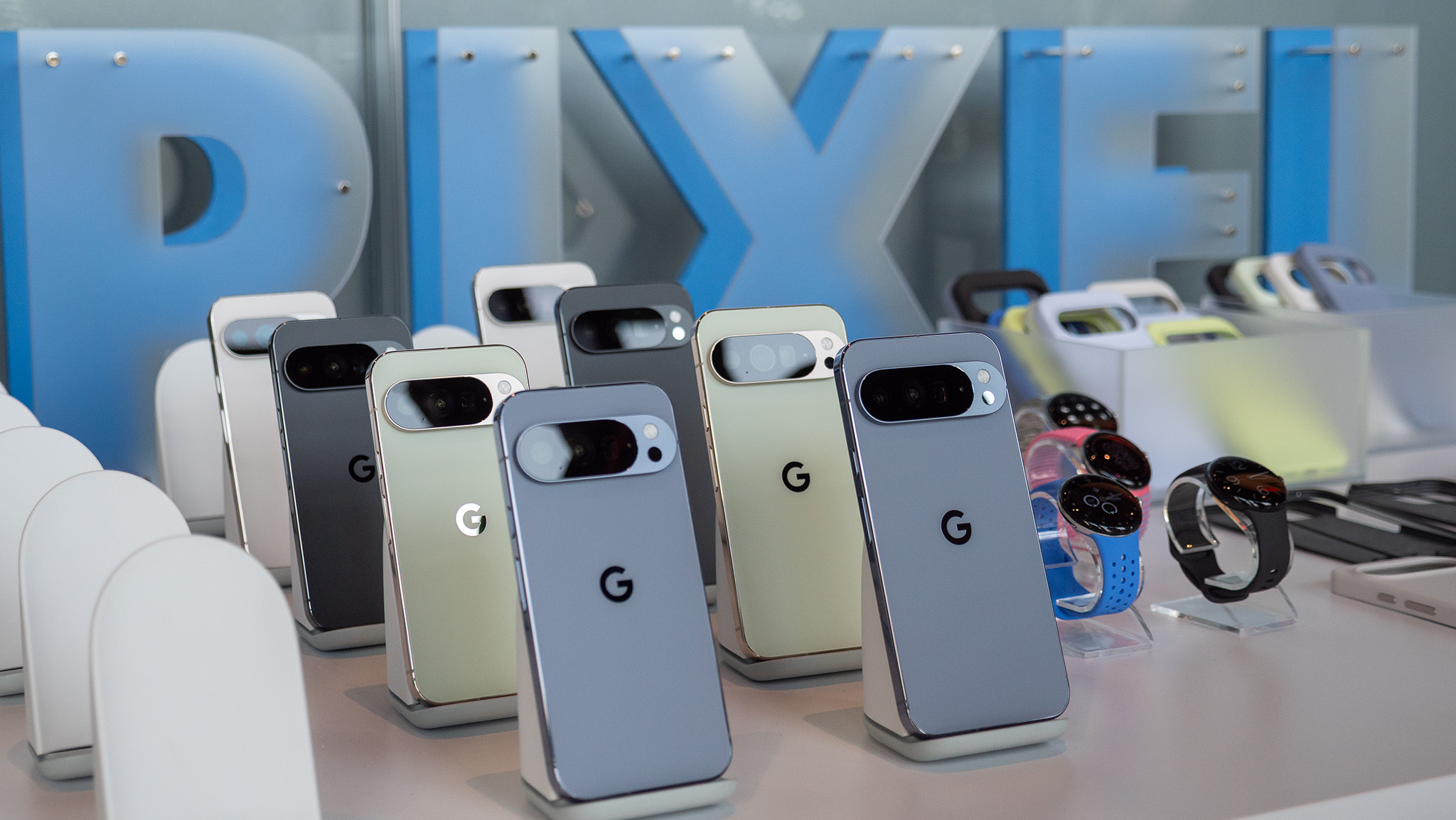
The Google Pixel 10 lineup represents a big milestone for Pixel, and a lot has changed between the very first Pixel and its tenth generation. Instead of two sizes, the Google Pixel 10 series now includes four models. There's a base-model Pixel 10, the "professional" Pixel 10 Pro and Pixel 10 Pro XL, and the big-screen foldable Pixel 10 Pro Fold.
With a lineup this diverse, there's sure to be something for everyone. There is a Google Pixel 10 model in just about every price point, as the offerings start as low as $799 and top out at $1,799 for this year. They're all available for pre-order now, with the three standard Pixel 10 models hitting shelves Aug. 28 and the Pixel 10 Pro Fold debuting later on Oct. 9.
The number of options and the similarities between them make choosing the right Pixel 10 model to buy a bit tricky. There are consistencies across every device, like the Tensor G5 processor, triple-camera systems, and magnetic Qi2 support. However, there are even more differences. In this guide, we'll help you figure out which one you should buy after going hands-on with every Google Pixel 10 model.
Google Pixel 10 series: At a glance
Category | Pixel 10 | Pixel 10 Pro | Pixel 10 Pro XL | Pixel 10 Pro Fold |
|---|---|---|---|---|
Display | 6.3-inch Actua OLED, 1080 x 2424, 422 PPI, 60-120Hz, 3000 nits | 6.3-inch Super Actua OLED, 1280 x 2856, 495 PPI, 1-120Hz, 3300 nits | 6.8-inch Super Actua OLED, 1344 x 2992, 486 PPI, 1-120Hz, 3300 nits | External display: 6.4-inch Actua OLED, 1080 x 2364, 408 PPI, 60-120Hz, 3000 nits Internal display: 8.0-inch Super Actua OLED, 2076 x 2152, 373 PPI, 1-120Hz, 3000 nits |
Processor | Google Tensor G5 | Google Tensor G5 | Google Tensor G5 | Google Tensor G5 |
Memory and storage | 12GB, 128GB/256GB | 16GB, 128GB/256GB/512GB/1TB | 16GB, 256GB/512GB/1TB | 16GB, 256GB/512GB/1TB |
Cameras | 48MP main with macro focus, 13MP 120-degree ultrawide, 10.8MP 5x telephoto, 10.5MP 95-degree Dual PD AF selfie, 4K/60 10-bit HDR on all cameras | 50MP main, 48MP 123-degree ultrawide with macro focus, 48MP 5x telephoto, 42MP 103-degree Dual PD AF selfie, 4K/60 10-bit HDR on all cameras, 8K/30 on rear cameras | 50MP main, 48MP 123-degree ultrawide with macro focus, 48MP 5x telephoto, 42MP 103-degree Dual PD AF selfie, 4K/60 10-bit HDR on all cameras, 8K/30 on rear cameras | 48MP main, 10.5MP 127-degree ultrawide with macro focus, 10.8MP 5x telephoto, 10MP 87-degree Dual PD inner and outer selfie, 4K/60 10-bit HDR on rear cameras |
Security | Titan M2 chip, Ultrasonic fingerprint sensor, single-camera face unlock, Google VPN | Titan M2 chip, Ultrasonic fingerprint sensor, single-camera face unlock, Google VPN | Titan M2 chip, Ultrasonic fingerprint sensor, single-camera face unlock, Google VPN | Titan M2 chip, side-mounted fingerprint sensor, single-camera face unlock, Google VPN |
Battery and charging | 4,970mAh, 30W wired, 15W Qi2 Pixelsnap wireless | 4,870mAh, 30W wired, 15W Qi2 Pixelsnap wireless | 5,200mAh, 45W wired, 25W Qi2 Pixelsnap wireless | 5,015mAh, 30W wired, 15W Qi2 Pixelsnap wireless |
Dimensions | 152.8mm x 72mm x 8.6mm | 152.8mm x 72mm x 8.6mm | 162.8mm x 76.6mm x 8.5mm | Folded: 155.2mm x 76.3mm x 10.8mm Unfolded: 155.2mm x 150.4mm x 5.2mm |
Weight | 204g | 207g | 232g | 258g |
Durability | Gorilla Glass Victus 2 front-and back, IP68 | Gorilla Glass Victus 2 front-and back, IP68 | Gorilla Glass Victus 2 front-and back, IP68 | Gorilla Glass Victus 2 front-and back, IP68 |
OS and updates | Android 16, 7 years of OS and security updates (until Android 23) | Android 16, 7 years of OS and security updates (until Android 23) | Android 16, 7 years of OS and security updates (until Android 23) | Android 16, 7 years of OS and security updates (until Android 23) |
Connectivity | Wi-Fi 6E, Bluetooth v6, NFC, Dual-band GPS, 5G mmWave (NA only), 5G Sub-6, LTE | Wi-Fi 7, Bluetooth v6, NFC, Dual-band GPS, 5G mmWave (NA only), 5G Sub-6, LTE | Wi-Fi 7, Bluetooth v6, NFC, Dual-band GPS, 5G mmWave (NA only), 5G Sub-6, LTE | Wi-Fi 7, Bluetooth v6, NFC, Dual-band GPS, 5G mmWave (NA only), 5G Sub-6, LTE |
SIMs | Dual eSIM (U.S. only), single nano SIM and one eSIM (global models) | Dual eSIM (U.S. only), single nano SIM and one eSIM (global models) | Dual eSIM (U.S. only), single nano SIM and one eSIM (global models) | Single nano SIM and one eSIM (all models) |
Colors | Indigo, Frost, Lemongrass, Obsidian | Moonstone, Jade, Porcelain, Obsidian | Moonstone, Jade, Porcelain, Obsidian | Moonstone, Jade |
Google Pixel 10: The starter AI phone
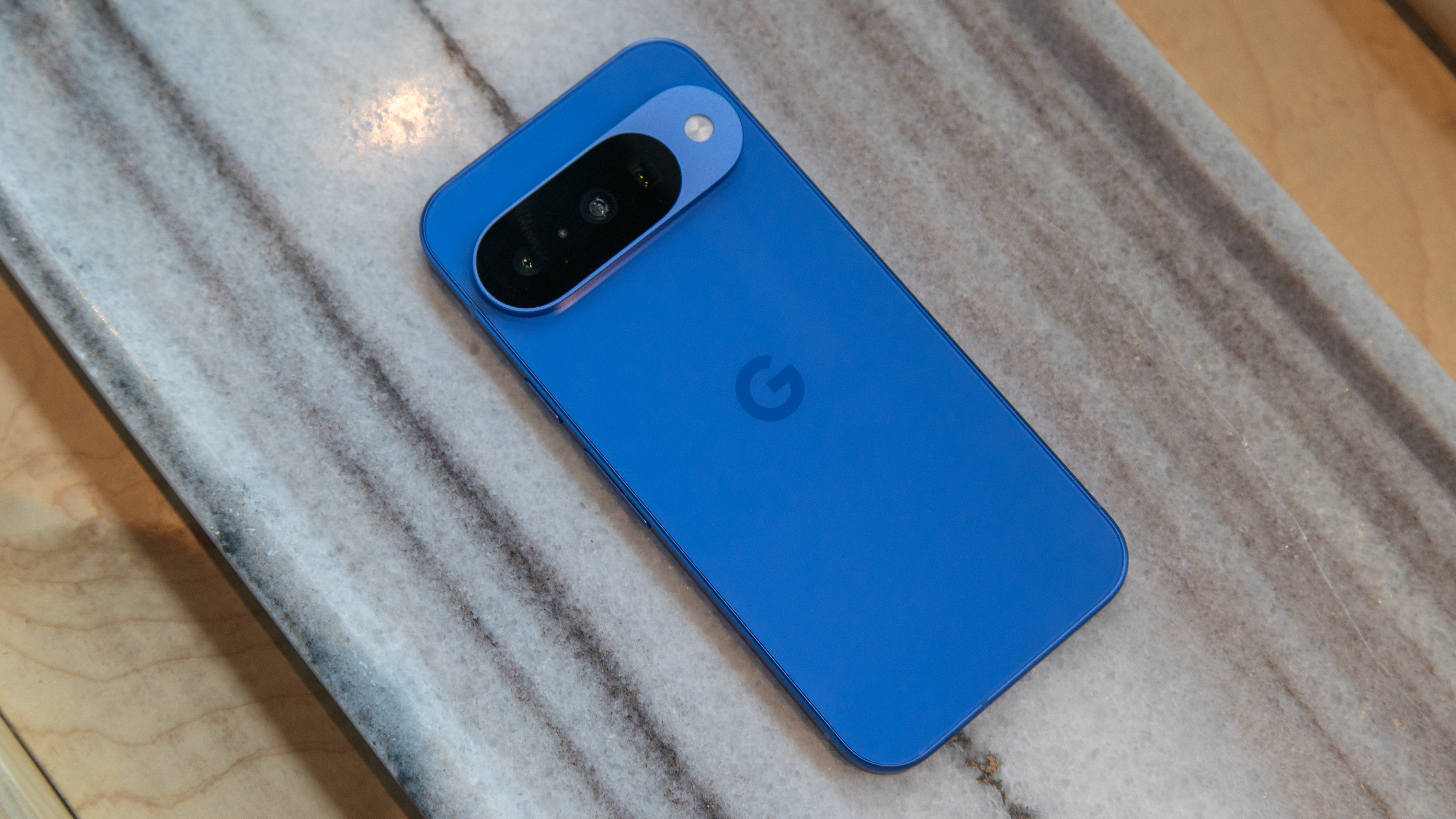
The Google Pixel 10 is the starter Pixel, and it's the model everyone should look at first due to its attractive $799 price point.
This year, Google made the Pixel 10 more like the Pro models by adding a third camera sensor on the rear. It's a telephoto lens capable of delivering 5x optical zoom quality, and it beats competitors in this price bracket, such as the Samsung Galaxy S25. Paired with a 48MP primary shooter and a 13MP ultrawide, there's a lot to like about the base model for 2025.
The display is 6.3 inches, the same size as the pricier Google Pixel 10 Pro. On the cheaper Pixel 10, the AMOLED display panel has a lower pixel density (422ppi), lower peak brightness rating (3,000 nits), and a less fluid refresh rate (60-120Hz). These are all sacrifices you'll make by choosing the Pixel 10 instead of the Pixel 10 Pro, but frankly, you probably won't notice them in daily use.
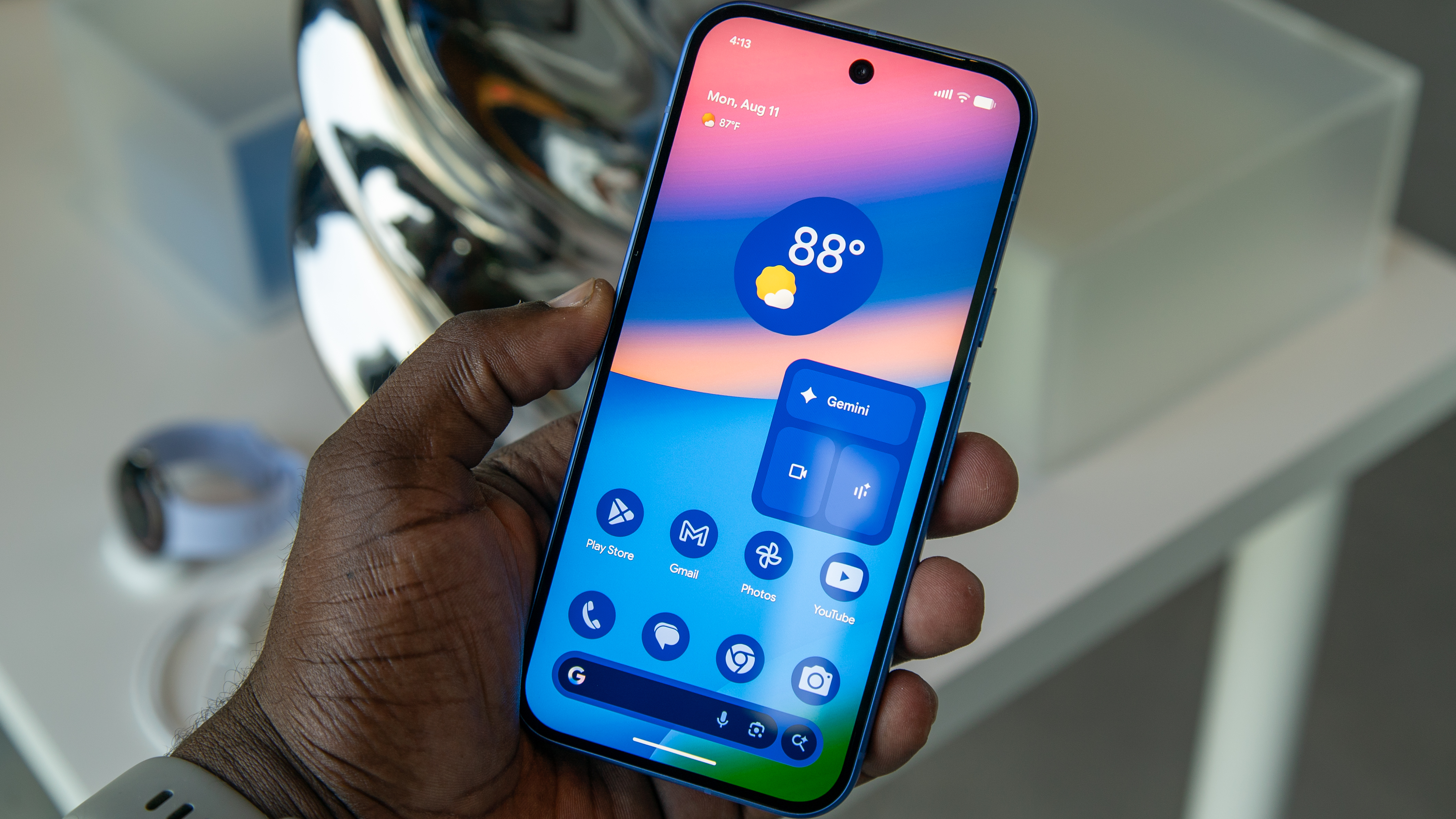
In terms of design, the Pixel 10 closely mimics the Pixel 9. You have a boxy form factor, a screen with rounded corners, and the oval-shaped Pixel camera housing on the back. It's thicker and heavier this year, measuring 8.6mm thick and weighing 204 grams. Personally, I don't like to see base-model phones weigh over 200 grams in 2025 — the Galaxy S25 and iPhone 16 fall way under this threshold. You might be willing to overlook it thanks to the tech inside.
Like every Pixel 10 model, the standard version has built-in magnets for full Qi2 wireless charging support out of the box. It is missing a few features found on other Pixel phones, though. Notably, this version only has Wi-Fi 6E support, down from Wi-Fi 7 on the Pixel 9. The starting 128GB storage configuration also uses UFS 3.1 instead of UFS 4.0 on the 256GB variant, so you might want to upgrade.
With that being said, if you only need the basics and want an exciting smartphone, the Google Pixel 10 is an excellent option.

The base model
The Google Pixel 10 is the cheapest model you can buy, but don't be fooled — it's closer in line with the Pro models than ever. You get a faster Tensor G5 chip, a third rear camera lens specifically for optical zoom, and magnetic charging with Qi2 support.
Google Pixel 10 Pro: Small size, big features
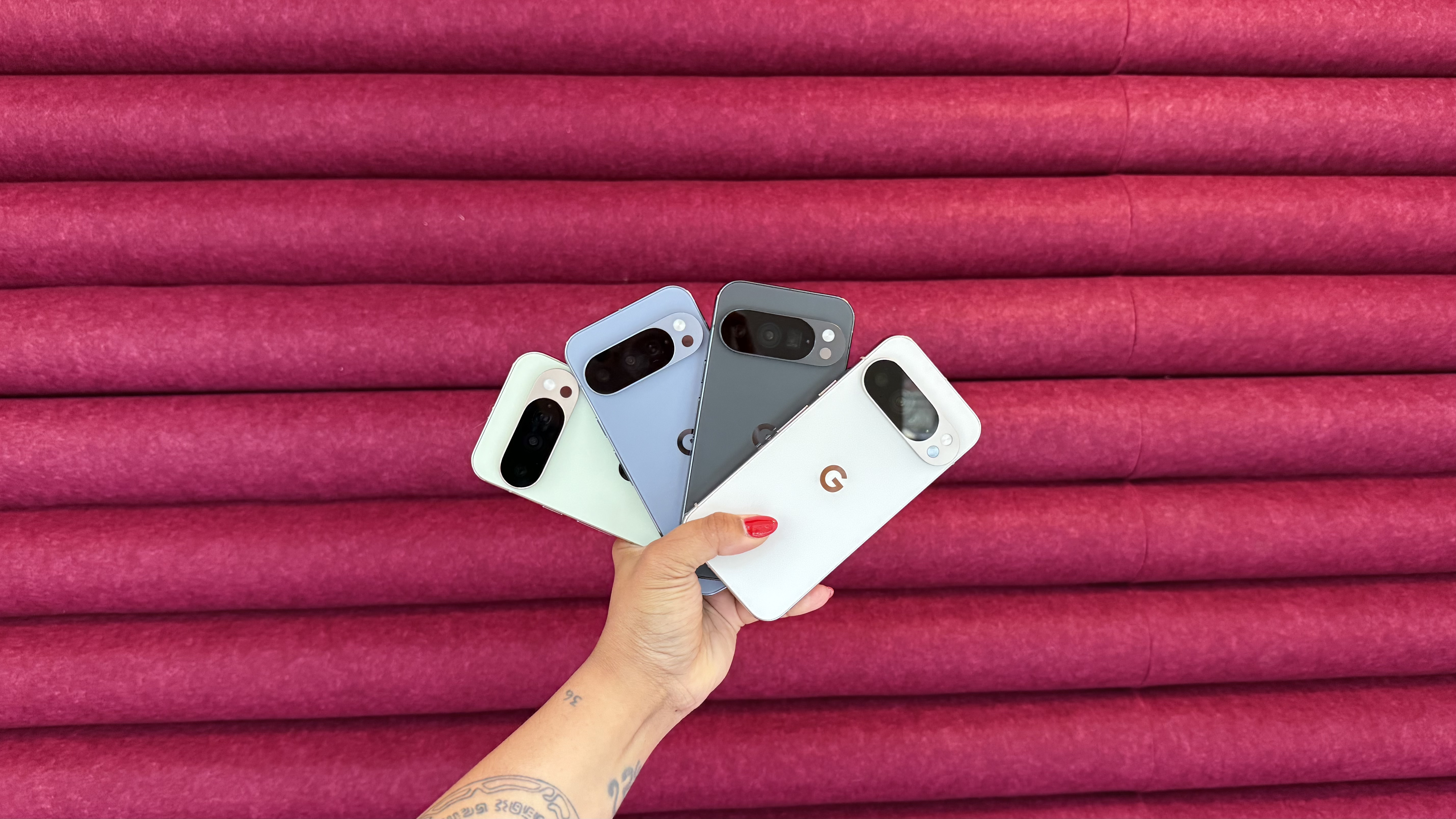
The Google Pixel 10 Pro is for people who want more features and premium hardware in the same footprint as the base Pixel 10. A few years ago, smartphone brands all but forced power users to buy gargantuan phones to get the latest features. Fast-forward to the Pixel 10 series, and the Pixel 10 Pro matches the larger Pixel 10 Pro XL in every way but one. (The former only has Qi2 15W support, while the latter has Qi2 25W support thanks to better thermal management.)
This makes the Pixel 10 Pro the perfect "middle child" of the lineup. It's identical to the standard Pixel 10 in size, to the point that both models can share cases and accessories. That means the Pixel 10 Pro is also 8.6mm thick, but is slightly heavier at 207 grams. Compared to the base model, the Pixel 10 Pro swaps the glossy back for matte glass and the matte rails for polished aluminum ones.
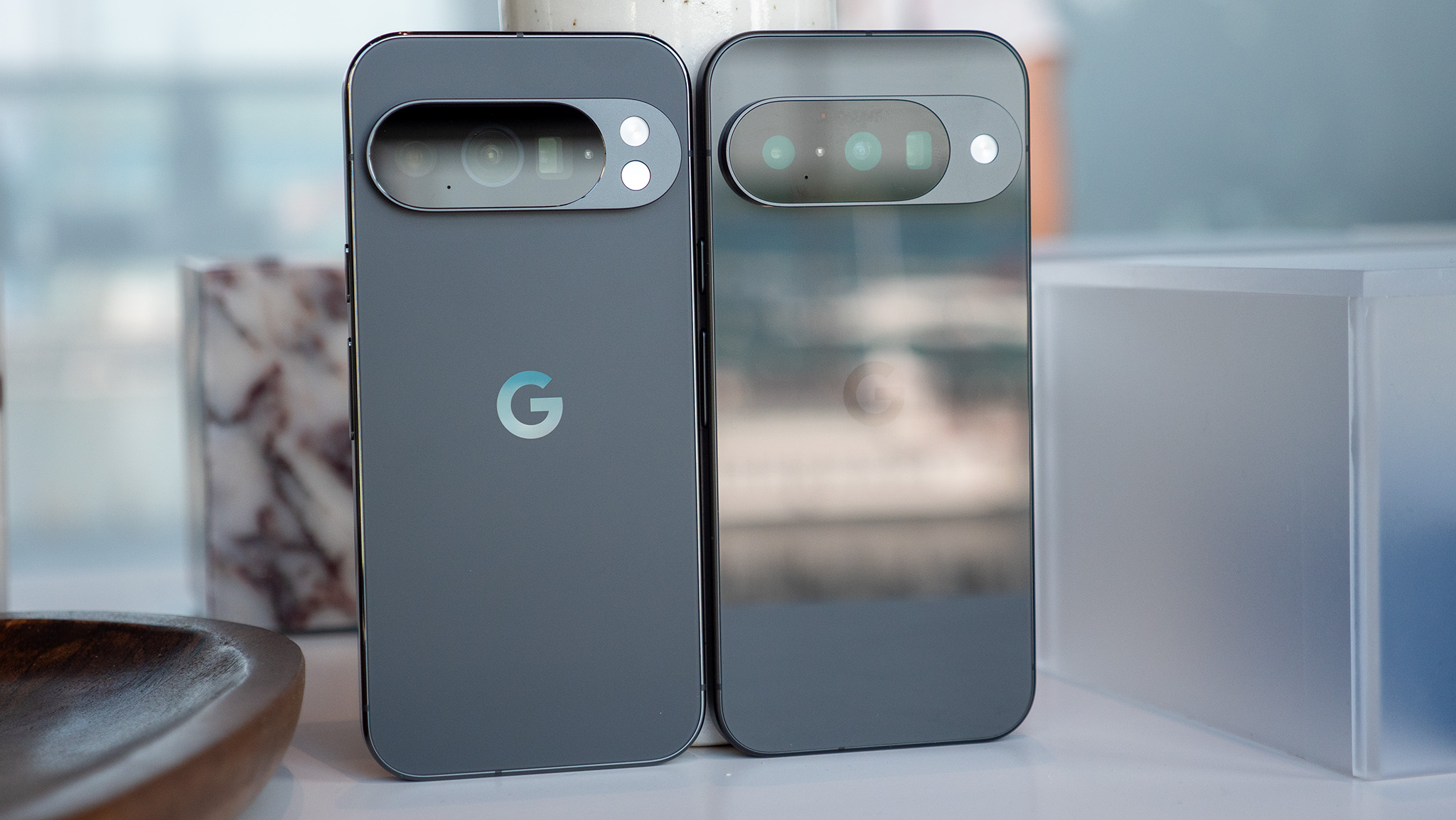
As previously mentioned, the Pixel 10 Pro offers a major display upgrade. Even though it's the same size as the Pixel 10, the "Pro" version has a higher resolution, full 1Hz-120Hz variable refresh rate support, and a higher 3,300-nit peak brightness rating. Best of all, there are new accessibility features that can increase the PWM rate of the Pixel 10 Pro display for people with sensitive eyes.
The Google Pixel 10 Pro still starts with 128GB of storage for $999, but it's configurable up to 1TB and features 16GB of RAM (compared to the Pixel 10's 12GB). The extra available memory could help the Pixel 10 Pro, Pixel 10 Pro XL, and Pixel 10 Pro Fold pull more performance out of the same Tensor G5 chip.
Lastly, the Pixel 10 Pro is the cheapest model to include Google's professional-grade camera system. You get a 50MP main camera, a 48MP ultrawide with a 123-degree field-of-view and macro focus, and a 48MP 5x telephoto lens. These are all upgrades over the comparable sensors in the base model. As such, mobile photography fans should pick at least a Pixel 10 Pro.
You should buy a Pixel 10 Pro if you want a compact phone that won't be hard to use with one hand without sacrificing features. With Wi-Fi 7 and more memory, it's a more future-proofed option than the standard Pixel 10.
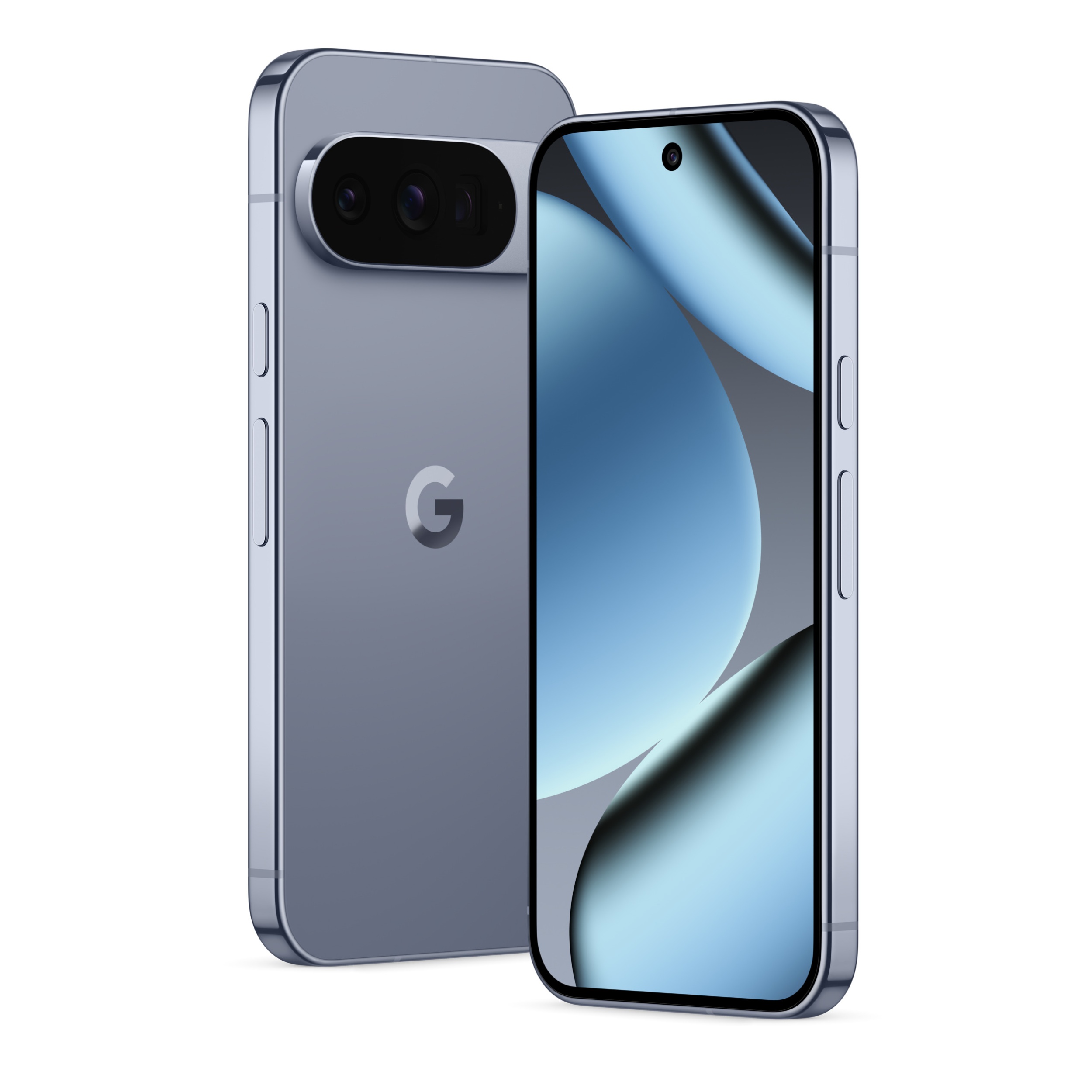
The compact flagship
The Google Pixel 10 Pro crams almost ever Pro XL feature into the same form factor as the standard Pixel 10. It's made for people who want a 6.3-inch smartphone without needing to sacrifice features to get that portability.
Google Pixel 10 Pro XL: The biggest and best
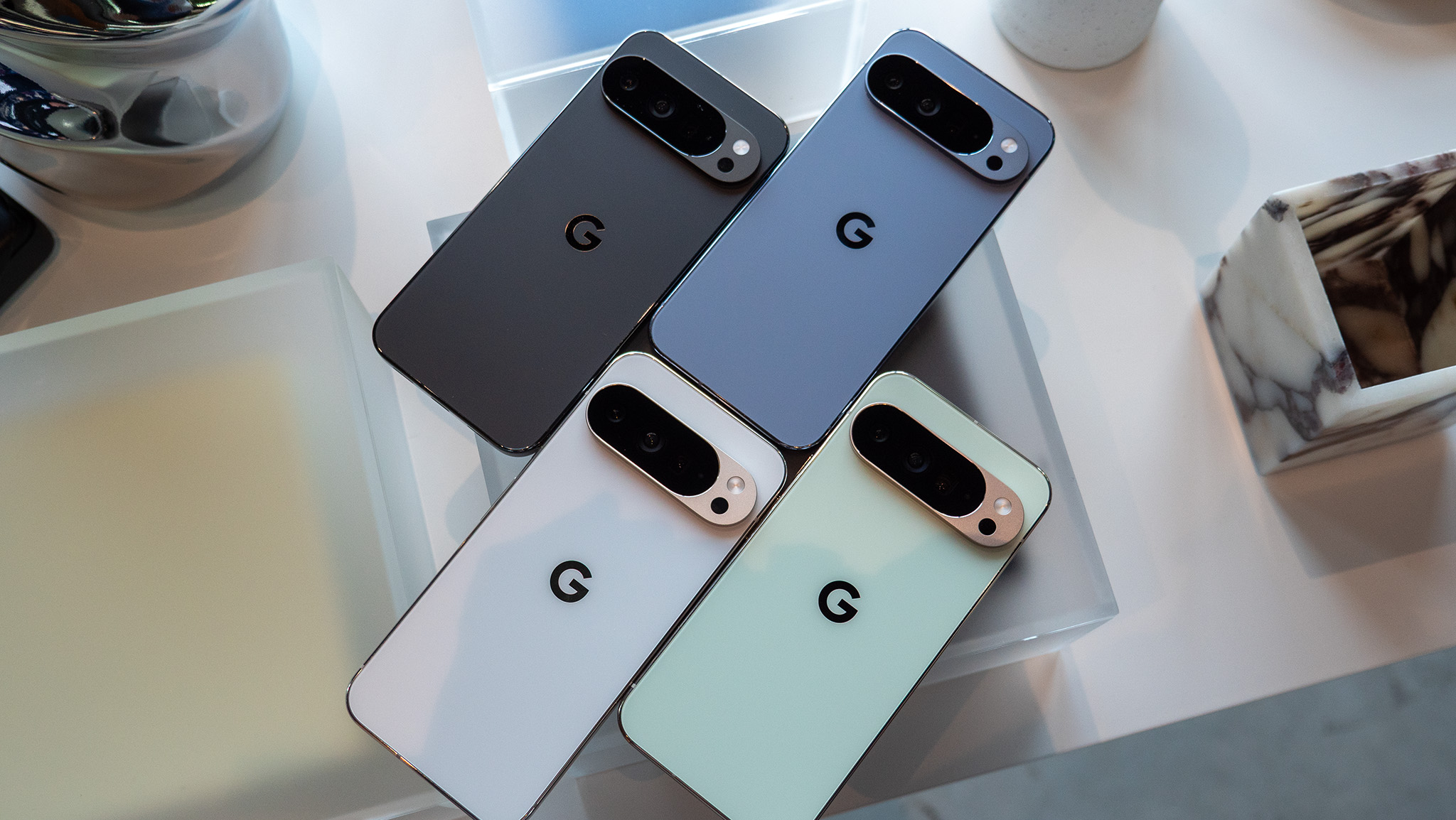
The Google Pixel 10 Pro XL is the best traditional smartphone available in Google's lineup for 2025. Take everything from the Pixel 10 Pro, add a 6.8-inch display and Qi2 25W support, and you have the Pixel 10 Pro XL. This large device is for people who aren't concerned with weight or portability, and I mean really aren't concerned — the Pixel 10 Pro XL measures 162.8mm x 76.6mm x 8.5mm and weighs 232 grams.
Google starts the Pixel 10 Pro XL with 256GB of storage, and the phone is priced higher at $1,199 as a result. Just like the smaller Pixel 10 Pro, the XL version can be configured with up to 1TB of storage. It's also available in Obsidian, Porcelain, Moonstone, and Jade colorways.
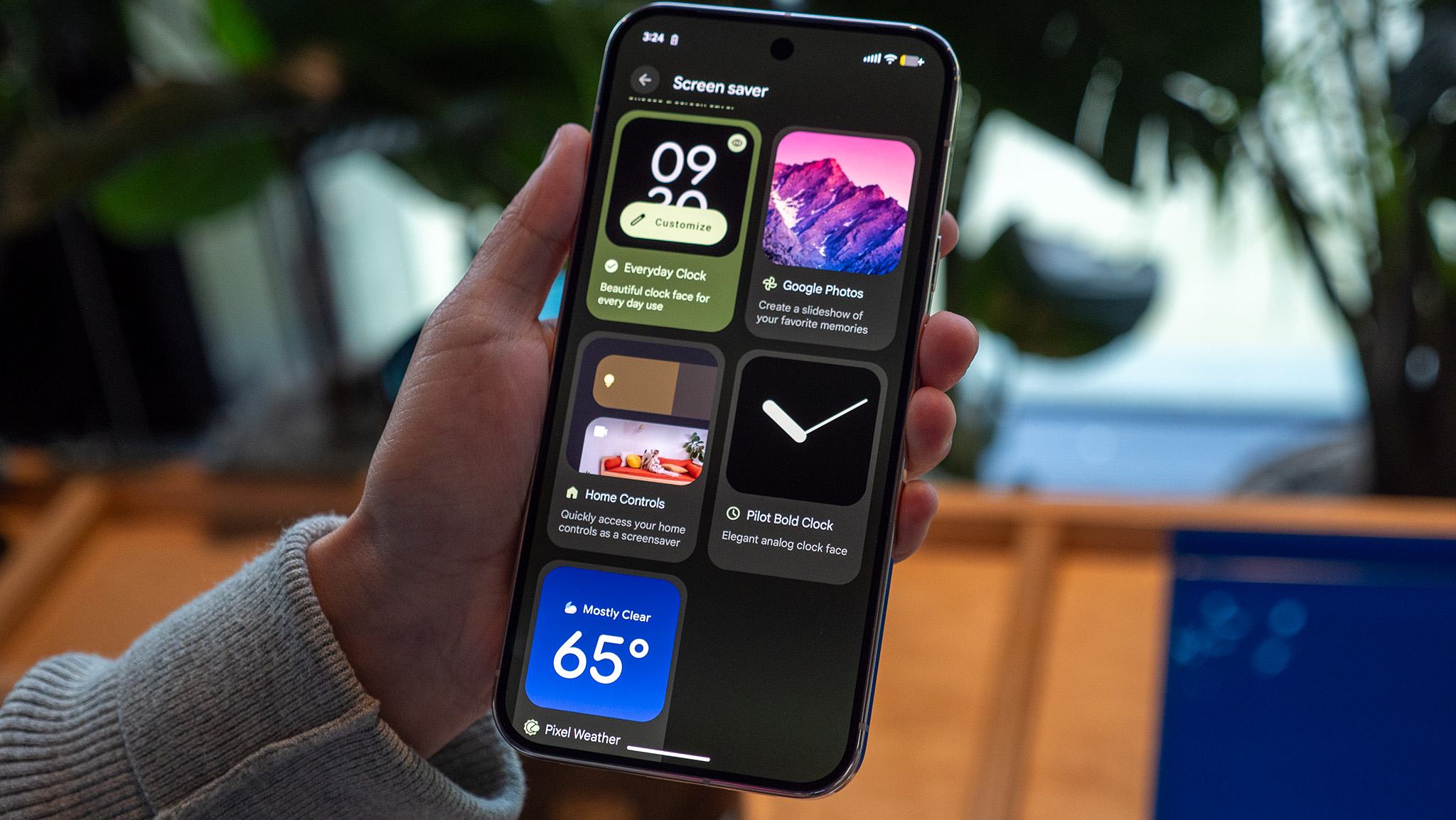
Otherwise, the big perks that come with picking up the Pixel 10 Pro XL over the other models have to do with battery and charging. The largest slab Pixel packs a 5,200mAh battery capacity, which is a bump from the 5,060mAh battery within the Pixel 9 Pro XL. Crucially, the Pixel 10 Pro XL finally charges faster, supporting 45W wired and 25W wireless.
Although all the Pixel 10 models support Qi2, the Pixel 10 Pro XL supports Qi2.2, the latest specification of the wireless charging standard that Google helped create. This unlocks the fastest 25W wireless charging speeds with the right accessories.
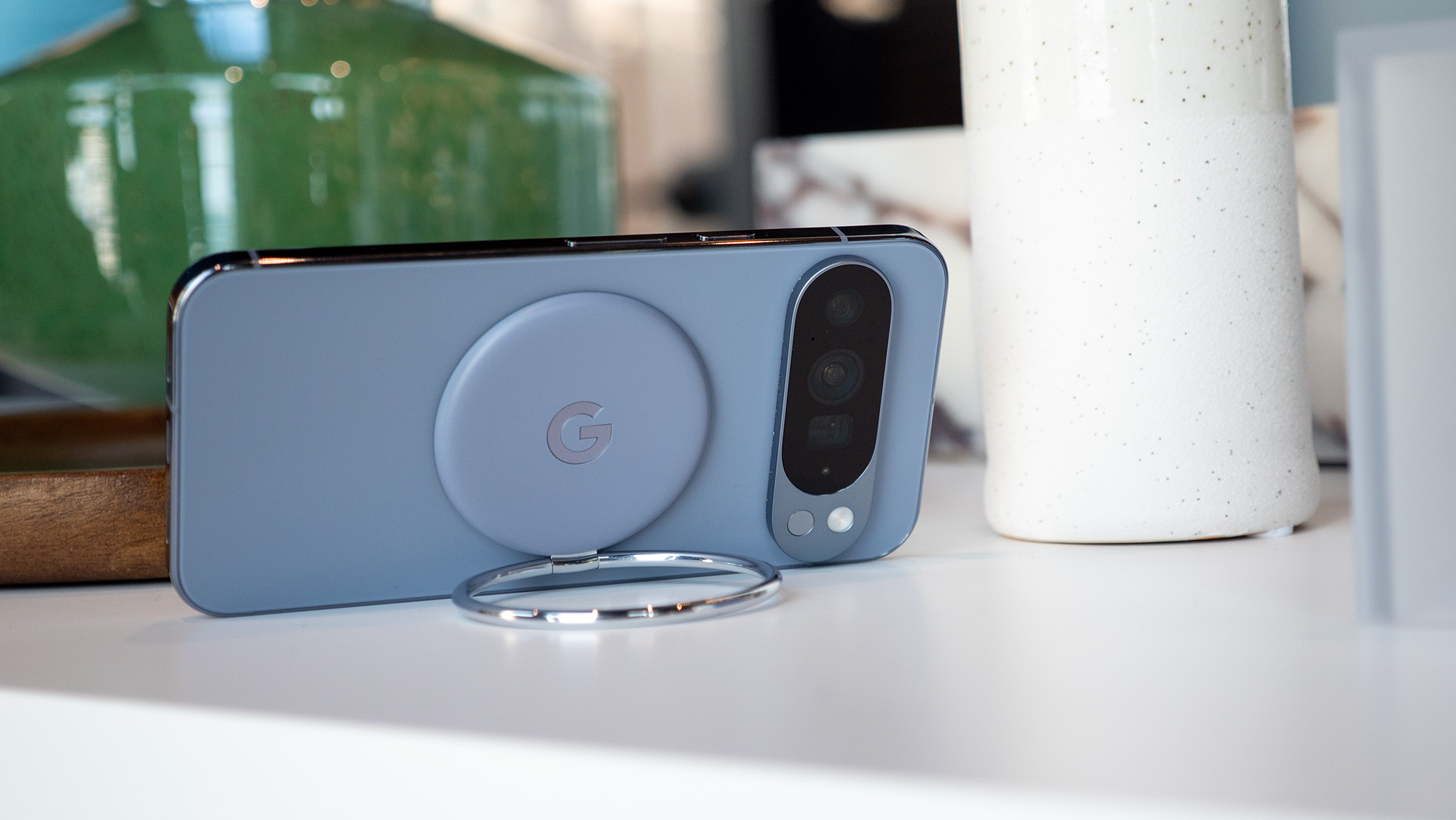
Although the screen is bigger and the resolution is slightly different, it's essentially the same panel as the Pixel 10 Pro. You can expect the same quality and brightness level as the smaller Pro model. In terms of cameras, the hardware is identical.
As such, the choice between the Pixel 10 Pro and Pixel 10 Pro XL really comes down to which size you prefer. If you love consuming content on a big screen, I'd recommend picking up the Pixel 10 Pro XL.

Bold and beautiful
The Google Pixel 10 Pro XL is a no-compromises flagship that tries to pack everything into a 6.8-inch smartphone without worrying about weight or portability. As a result, you get things on the Pixel 10 Pro XL you won't find on any other model, like Qi2 25W wireless charging.
Google Pixel 10 Pro Fold: The one for the multitaskers
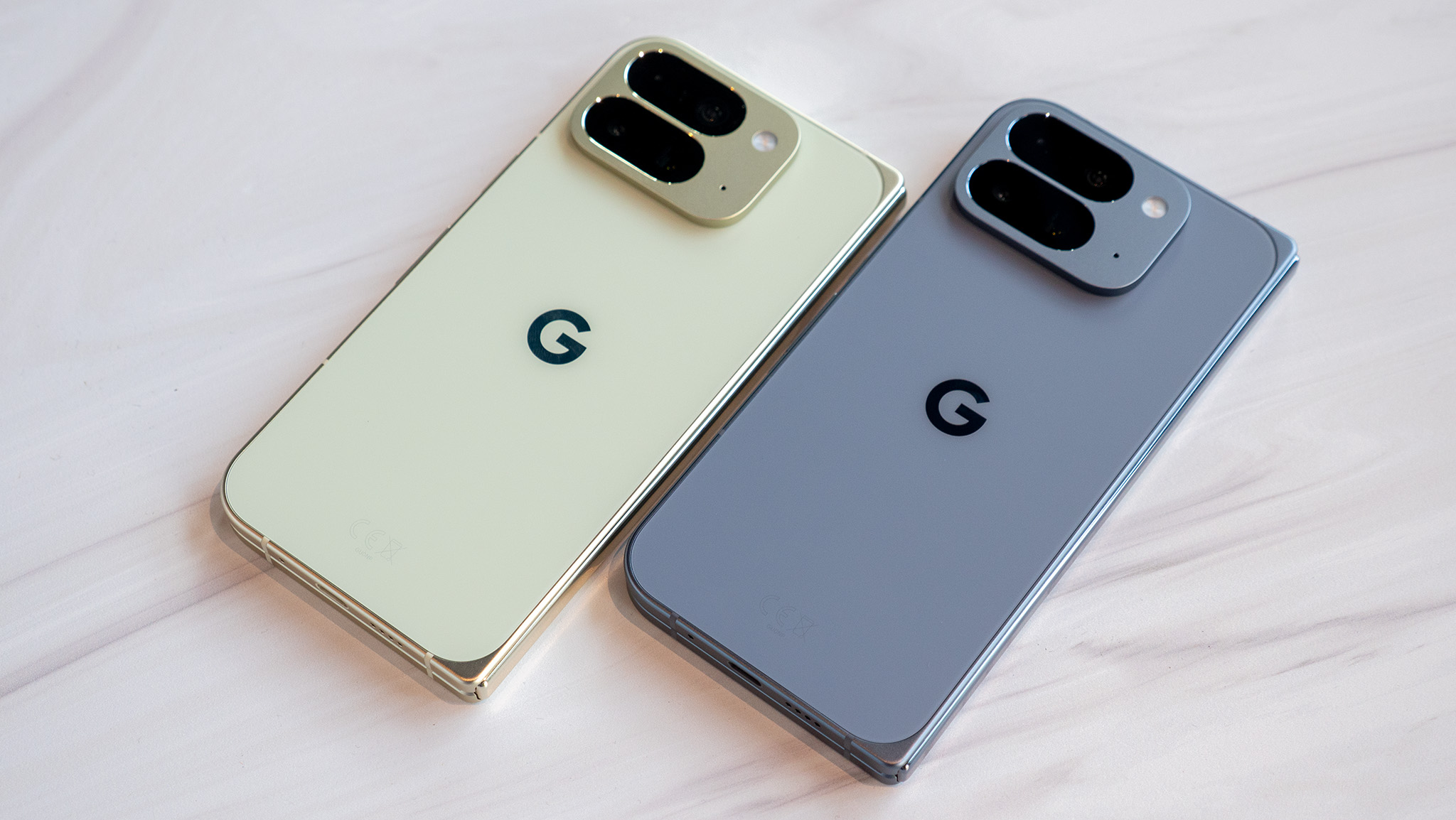
By now, everyone is aware of folding phones, but not everyone is on board. Foldables have their die-hard fans, their detractors, and those who are curious about them. Regardless of which camp you might fall into, the Google Pixel 10 Pro Fold has something that'll catch your eye. Naturally, the Pixel 10 Pro Fold and its $1,799 price point will make it a niche option in the broader Pixel 10 lineup.
The Google Pixel 10 Pro Fold is almost identical to its predecessor, save for a few small but important changes. The cover screen is extended to 6.4 inches, making it feel even more like a traditional Pixel on the outside. Google managed this feat without changing the device's overall dimensions by slimming the hinge assembly and cover screen bezel.
Speaking of the hinge, the Pixel 10 Pro Fold is notably the first foldable phone to be IP68-certified. The water-resistance isn't new, but the dust-resistance absolutely is. The designation means you should be able to daily drive the Pixel 10 Pro Fold like any other phone, taking it with you to the park or beach and everywhere in between without damaging it.
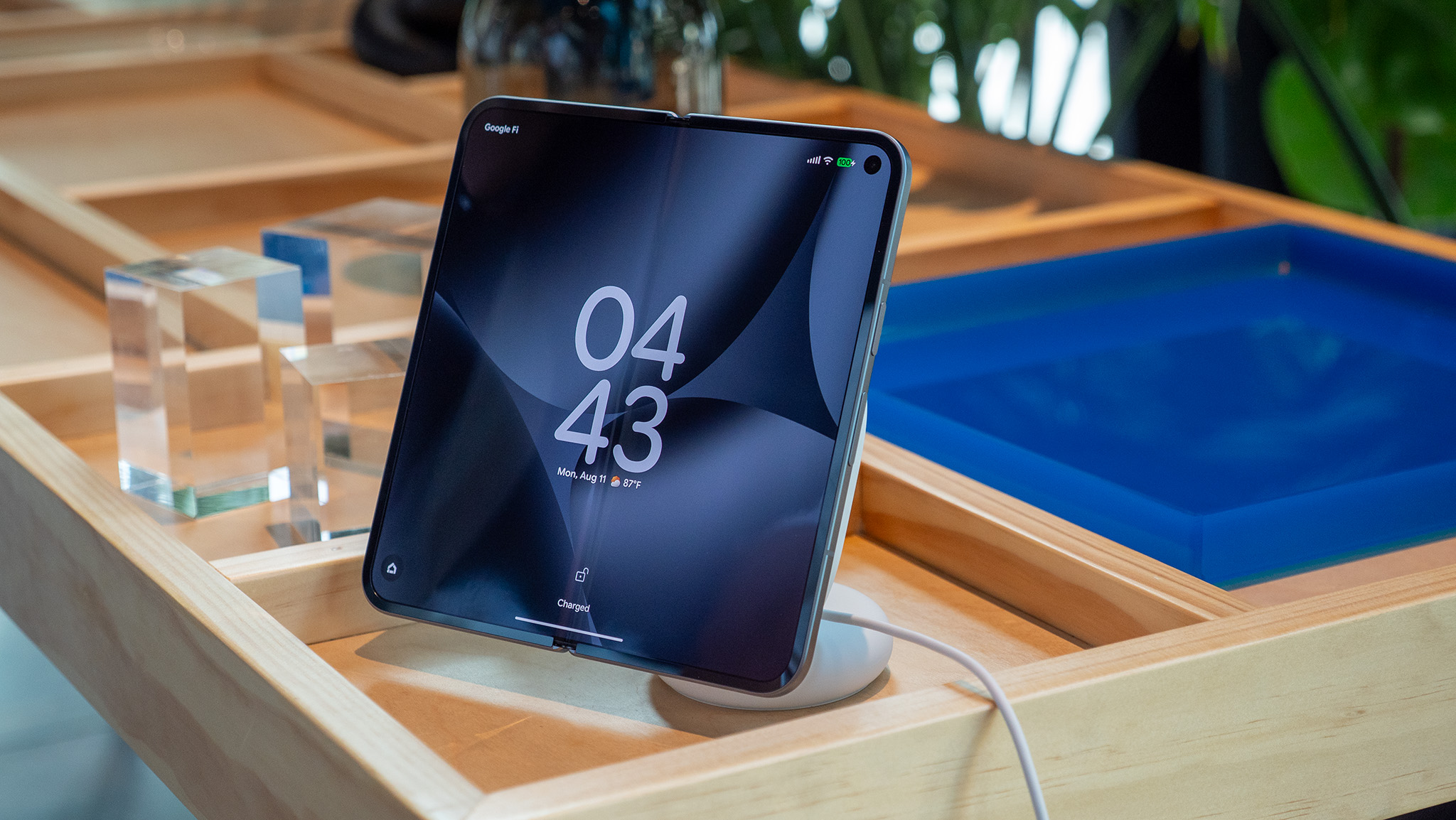
On the inside, the Pixel 10 Pro Fold greets users with an 8-inch main display that's the same size as its biggest competitor — the Samsung Galaxy Z Fold 7. Unlike the Galaxy Z Fold 7, the Pixel 10 Pro Fold is slightly thicker than the model it replaces at 10.8mm, not thinner. The Google foldable's 258-gram weight is pretty insane compared to the competition, too.
The Pixel 10 Pro Fold's camera system is unchanged, and it sports a 48MP main camera, a 10.5MP ultrawide lens with macro focus, and a 10.8MP 5x telephoto camera. These are all camera lenses that seem to have appeared on other devices, like the Pixel 9a and now the Pixel 10, so they aren't new.
I find it hard to justify the Google Pixel 10 Pro Fold due to its thickness and weight; they just aren't competitive with the Samsung Galaxy Z Fold 7. Regardless, you should choose the Pixel 10 Pro Fold if things like Qi2, Material 3 Expressive, and other Google exclusives are absolute must-haves on your foldable.
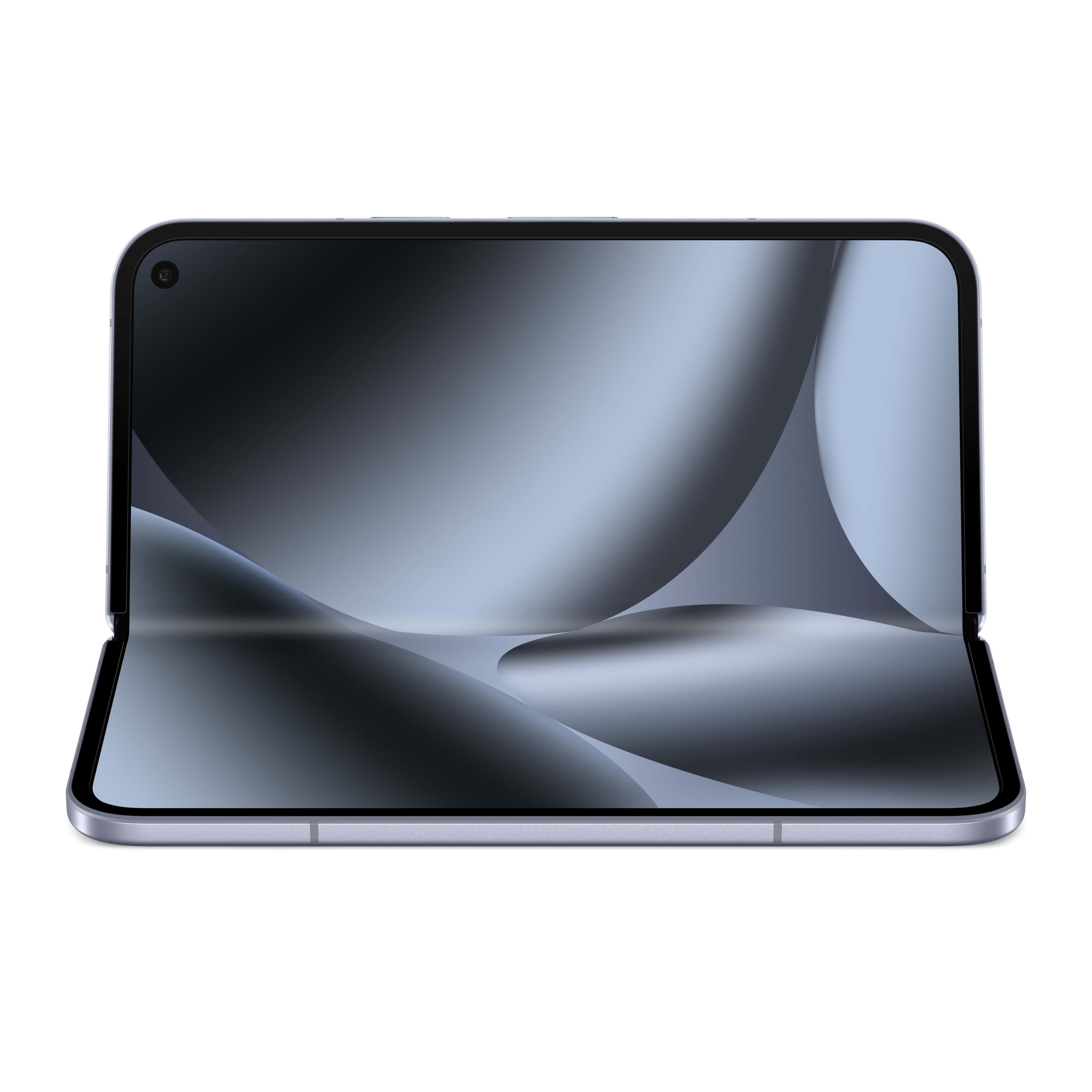
The best Google foldable
The Google Pixel 10 Pro Fold iterates on what made its predecessor great while adding groundbreaking features like IP68 dust resistance. It's a multitasker's dream, with an 8-inch inner screen and a 6.4-inch cover screen.
For more news and information on Google's latest phones, check out our Ultimate Guide
Get the latest news from Android Central, your trusted companion in the world of Android

Brady is a tech journalist for Android Central, with a focus on news, phones, tablets, audio, wearables, and software. He has spent the last three years reporting and commenting on all things related to consumer technology for various publications. Brady graduated from St. John's University with a bachelor's degree in journalism. His work has been published in XDA, Android Police, Tech Advisor, iMore, Screen Rant, and Android Headlines. When he isn't experimenting with the latest tech, you can find Brady running or watching Big East basketball.
